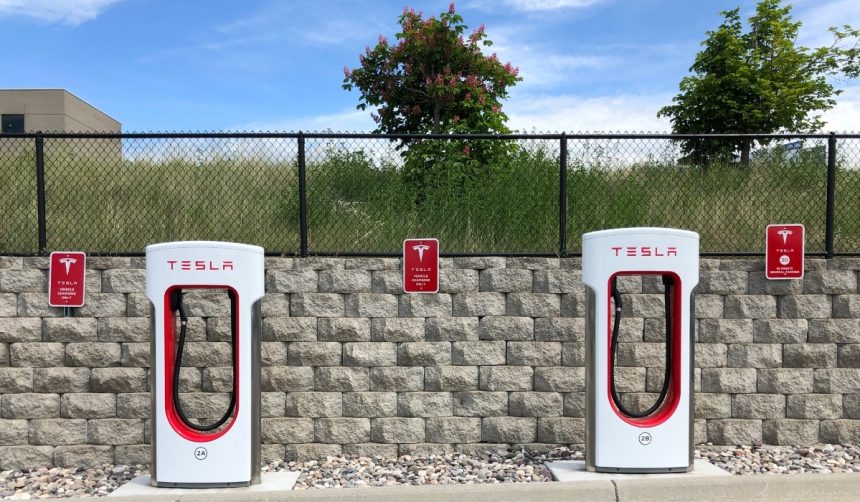Tesla’s strategy for affordable electric vehicles remains under scrutiny as new reports suggest the company might revisit plans for an entry-level $25,000 car, despite recent launches of more attainable models. As the EV market faces changing consumer demands and stiffer price competition, Tesla’s ability to adapt has significant implications for its market position. This ongoing conversation is fueling expectations around the impact of the company’s manufacturing innovations and the role of autonomy in future products.
Rumors about Tesla developing even less expensive vehicles have circulated since the company paused its previous $25,000 car initiative, commonly known as the NV91 project. Earlier reports highlighted significant challenges in streamlining production processes and questioned whether Tesla could balance low costs with quality and innovation. As the Model 3 and Model Y Standard trims enter the market, speculation continues about whether the company will pursue further cost reductions or focus solely on its highly publicized autonomous Cybercab project.
Are New Projects in Development to Undercut Existing Models?
Recent media claims suggest Tesla is advancing two internal projects, codenamed E41 and D50, at its Chinese facilities. Informants indicate these projects could produce vehicles priced $5,000 to $5,500 less than the already affordable Standard trims of Model 3 and Model Y. However, deployment of these models appears dependent on sales results from the new trims, leading some analysts to question the likelihood of their near-term release.
How Does the Cybercab Fit Into Tesla’s Product Plans?
Tesla CEO Elon Musk has consistently redirected attention to the upcoming Cybercab, a fully autonomous vehicle rumored to be priced below $30,000. Technical documents related to Tesla’s patented “unboxed” manufacturing process suggest a strategy built on efficiency and scalability intended to meet mass-market demand. According to Musk, the company’s focus lies in reducing cost per mile rather than simply delivering low sticker prices:
“I think having a regular 25K model is pointless. It would be silly. Like it would be completely at odds with what we believe… It’s fully considered cost per mile is what matters.”
Will More Affordable Teslas Arrive Soon?
While Tesla has introduced less expensive Standard trims of current models, there is skepticism about launching even more budget-friendly cars in the immediate future. Some in the industry interpret the recent reports as preparing for contingencies, should sales underperform expectations. Musk further commented on the company’s approach to autonomous vehicles and manufacturing:
“If you try to make a car that is essentially a hybrid, manual, or automatic car, it’s not going to be as good as a dedicated autonomous car.”
Based on previous and recent information, Tesla’s ongoing efforts to diversify its lineup with cheaper vehicles appear closely tied to both consumer demand and production capabilities. There have been repeated speculations in the past about a mass-market, low-cost Tesla, but concrete action largely remains focused on the development of autonomous models such as the Cybercab. The company’s latest moves are viewed by many as strategic hedging rather than confirmed shifts in direction, contrasting with earlier expectations that predicted imminent launches of new budget cars.
Tesla’s consideration of additional entry-level vehicles reflects broader trends toward making electric vehicles more accessible, but direct statements from company leadership cast doubt on whether these projects will materialize soon. For consumers interested in affordable EVs, recent product launches such as the Model 3 Standard and Model Y Standard trims offer new options, while plans for models below this price point remain uncertain. Industry observers suggest that Tesla’s manufacturing processes, particularly with the unboxed method, could lower vehicle costs further—yet actual market introductions will likely depend on both economic conditions and the performance of existing products. As a result, the outlook for even cheaper Tesla vehicles hinges on how the company balances innovation, automation, and market response to new models.










